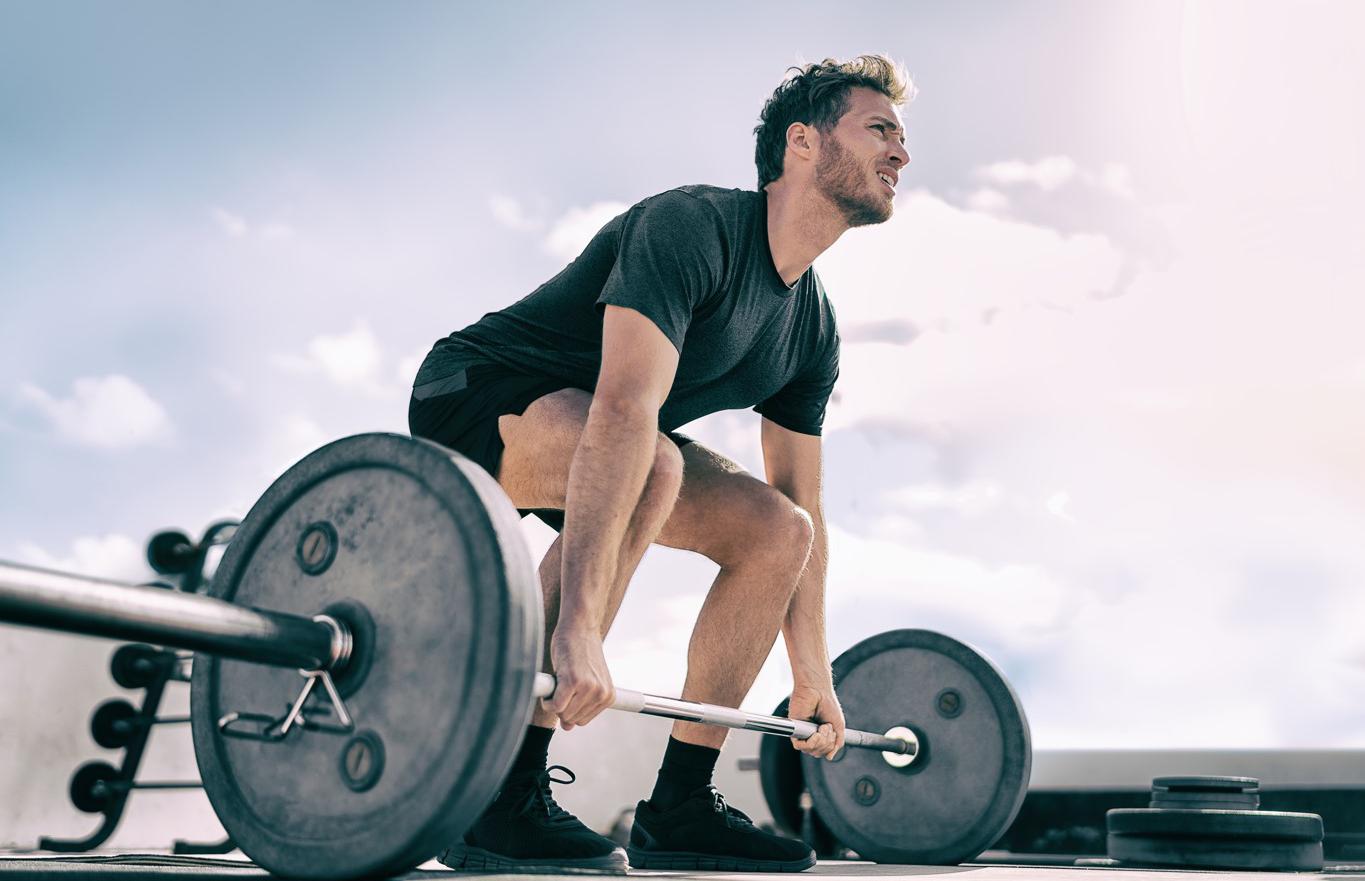
What muscles work in the deadlift, why the exercise is needed, for whom it is contraindicated and how to do it correctly – we’ll figure it out together with experts.
- What muscles work
- Benefit
- Contraindications
- Technique
- Standards
- Kinds
- What to replace
- Expert comments
The material was commented on:
Ilya Frank, master trainer of XFIT fitness clubs, author of the video in this article;
Mikhail Ignatov, traumatologist-orthopedist of the ORTEKA network of orthopedic salons.
What muscles work when deadlifting?
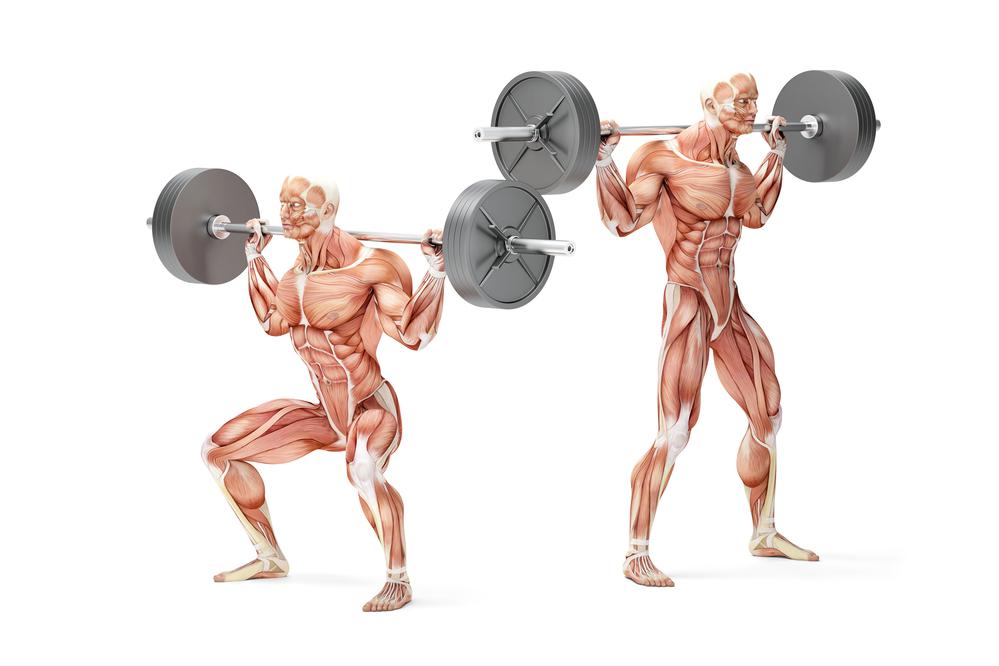
Depending on the type of exercise, you can increase the load on the hips and lower back
The deadlift is included in various training plans because it is a multi-component exercise in which several muscle groups are actively involved:
- back extensor muscles;
- thigh muscles;
- trapezius muscle;
- biceps – biceps brachii muscle;
- latissimus dorsi muscles;
- muscles of the forearm;
- posterior bundles of deltoid muscles;
- gluteal muscles.
Benefits of Deadlifts
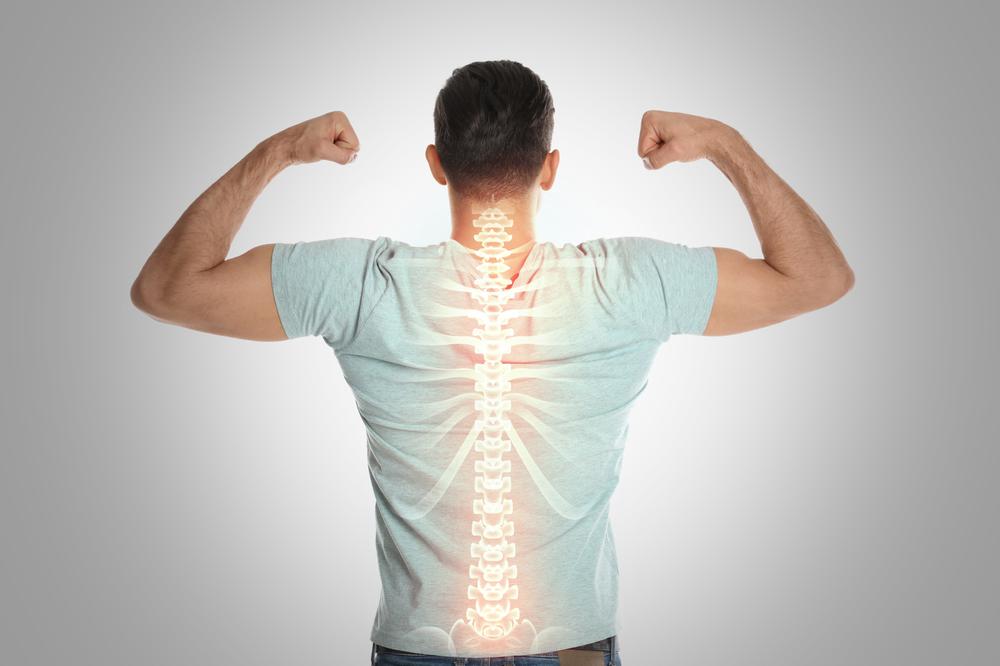
Deadlift is one of the most suitable exercises for strengthening the back muscles.
The exercise allows you to work out your entire body, so unless there are contraindications, it should be added to your systematic training. The deadlift requires coordination of all muscles and achieves several goals (1).
Increased muscle mass
Regular weight-bearing exercise is an effective way to build muscle. Weights are selected depending on the goal: deadlifts are great for both cutting and bodybuilding, when you need to maximize muscle mass.
Development of coordination
This is a dynamic exercise in which it is important to maintain balance without leaning forward. While some muscles are maximally tense and hold the body, others allow the weight to be lowered and raised.
Increased stamina
In everyday life, most people lift weights less and less – even groceries from the store are easier to order for delivery. Therefore, sports loads with weights can increase strength and endurance. Of course, if you do the exercises regularly in the gym or at home.
Strengthening the spine
The back muscles are important for the entire body. They need to be strengthened, especially if you spend most of your time sitting. The deadlift is one of the most suitable exercises for this. But the correct technique is very important here: if the exercise is performed incorrectly, the opposite effect is possible – excessive load on the spine.
Weight normalization
Physical fitness depends not only on training, but also on proper nutrition. Deadlifts help you burn calories effectively and speed up your metabolism. The more muscles there are, the more energy is required to maintain them. Accordingly, with regular training, getting rid of excess weight becomes easier.
Contraindications to deadlifts

Deadlifts have strict contraindications for some chronic diseases
Although highly effective, the exercise can be harmful. Most often this happens due to incorrect execution, so before starting training it is especially important to consult with a trainer and master the correct technique. Beginners should definitely visit their doctor to discuss their individual health conditions: deadlifts have strict contraindications for some chronic diseases. The main contraindications include:
- Spinal diseases: scoliosis, intervertebral disc herniation and osteochondrosis.
- Diseases of the cardiovascular system: arrhythmia, hypertension or coronary heart disease.
- Injuries and surgeries on the back or knees.
- Pregnancy.
- Recent infectious diseases that required treatment with antibiotics (the body needs time to recover, and deadlifting requires significant resources).
- Severe pain or discomfort during exercise. If you feel them, stop deadlifting – you can’t do it through pain.
Orthopedic doctor Mikhail Ignatov commented on the list of contraindications for chronic diseases:
1. Intervertebral hernia
Deadlifts are contraindicated in cases of intervertebral hernia and protrusion, especially if the vertebral displacement is in the lumbosacral spine. Weight lifting exercise increases pressure on the intervertebral discs, which can lead to further disc prolapse with destruction of the annulus fibrosus and worsening of the condition.
2. Varicose veins
Varicose veins of the lower extremities are a pathological condition that is associated with stagnation and impaired outflow of venous blood. The valves of the veins lose efficiency, the walls of the blood vessels stretch and thin, and blue-violet veins appear that protrude above the skin. Deadlifts are contraindicated for varicose veins. Heavy lifting should be avoided when the veins in the legs (which bear significant load) are deformed and thinned. Any increased load can only aggravate the condition. If you have varicose veins, it is better to choose other workouts, such as swimming.
3. Curvature of the spine
Scoliosis, or curvature of the spine, is a deviation of the spine to the right or left from the axis (there are several degrees of severity). With scoliosis, the ban applies to lifting heavy objects due to the fact that the main load falls on the legs and spine. Any incorrect movement while deadlifting can worsen scoliosis, misalign vertebrae and cause significant pain.
4. Injuries
Spinal injuries require a long recovery period. Experts often recommend wearing bandages, which relieve some of the stress and provide more resources for healing. Therefore, any additional sports load (this applies not only to deadlifts, but also to other sports exercises) that involves the back is a risk factor for re-injury. In order to return to activities faster, it is important to allow the body to fully recover.
Deadlift technique
When performing a deadlift, it is important to consider many factors, one of which is the correct grip.
There are several options for holding weight in your hands:
Classic straight
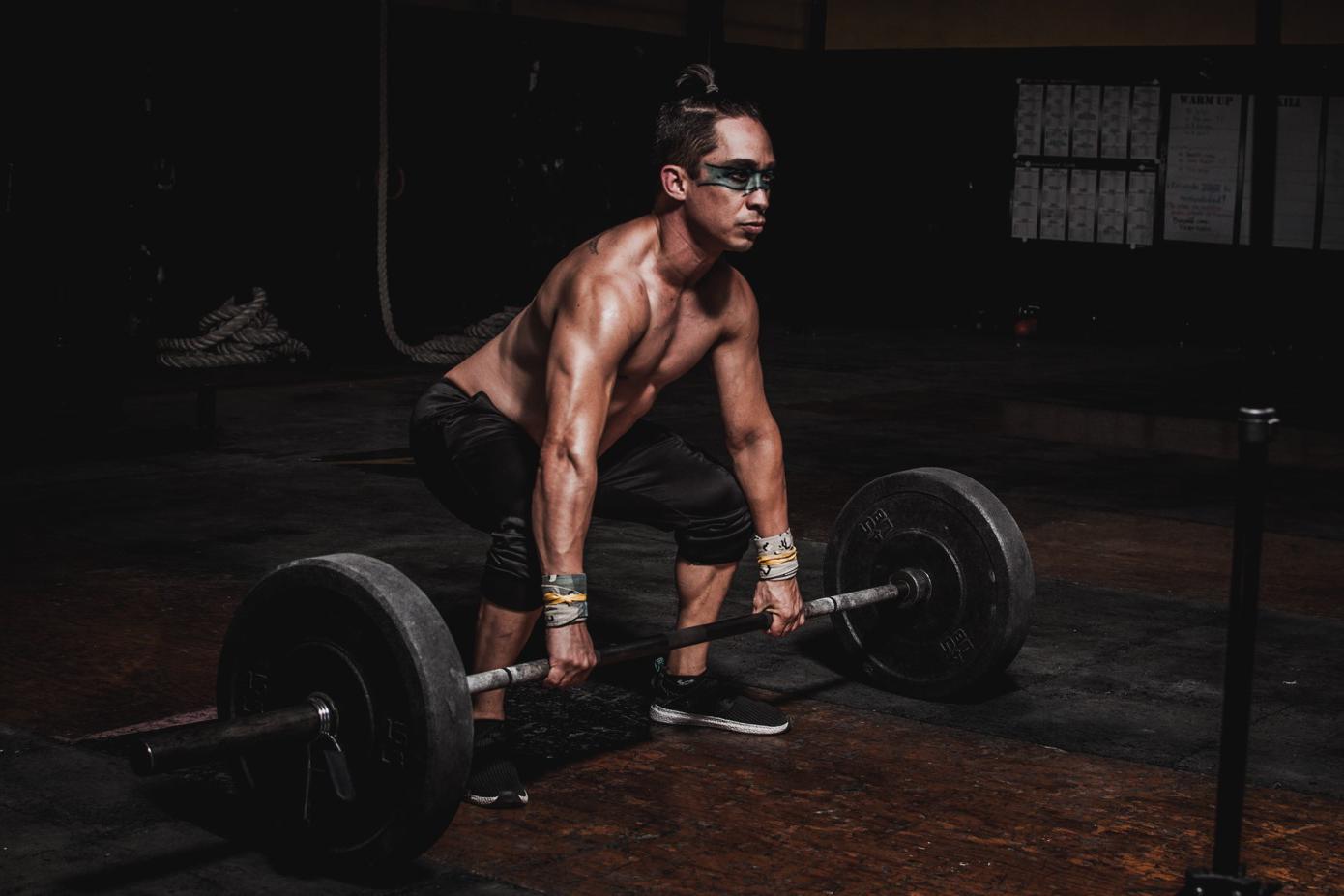
The straight grip is the simplest, but not the most effective for lifting weights.
A simple option to start the exercise with. It allows you to evenly distribute the load on your forearms and securely fix the weighting material. In an overhand grip, the palms grip the barbell or kettlebell handle from the front, and the thumbs grip the back.
Mixed
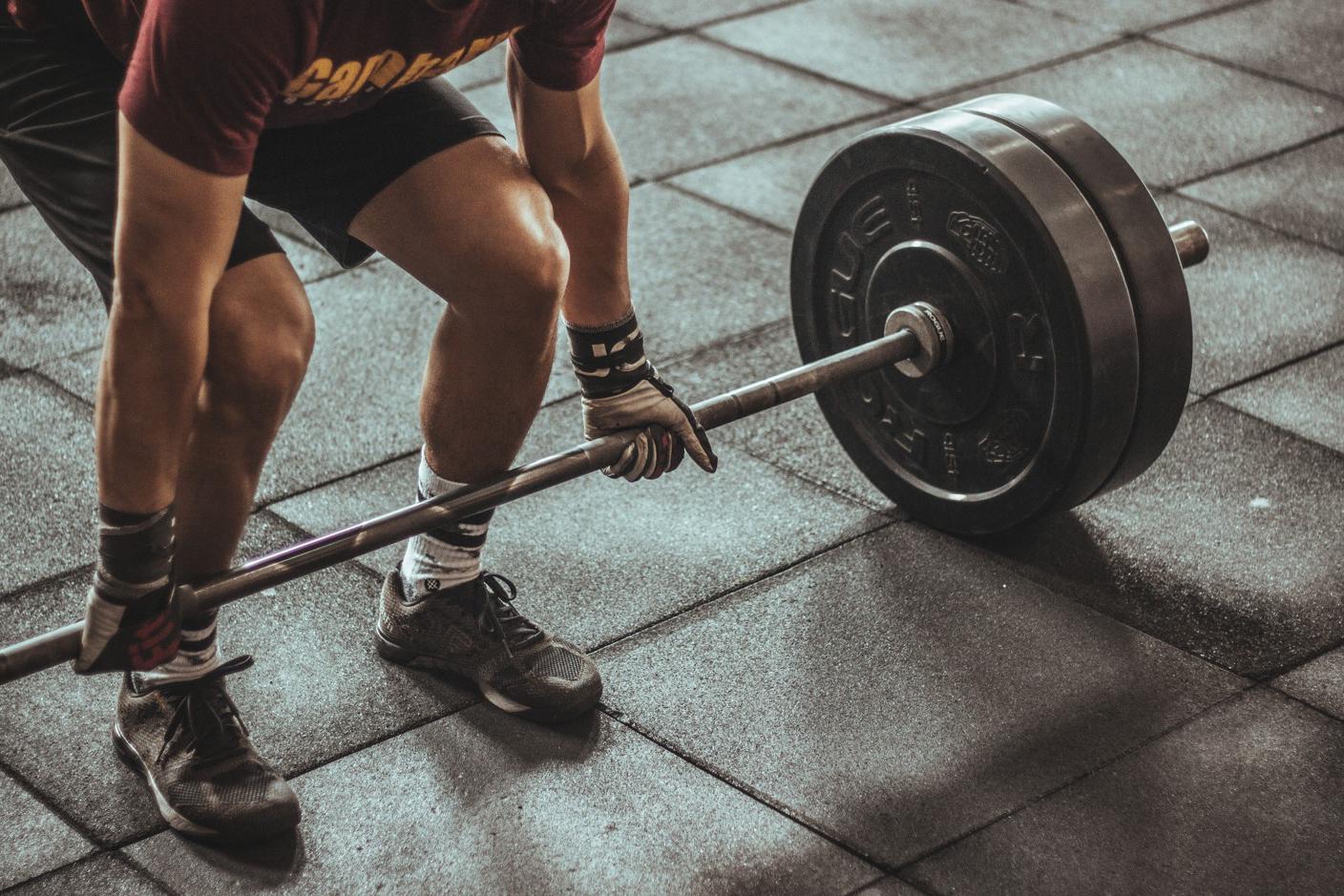
The mixed grip is considered the most comfortable when performing deadlifts.
It is also known as “multiple grip”, when the palms grasp the weighting material in different directions. The thumb of one hand is directed inward, the other – outward. Unlike the intuitive straight grip, the mixed grip prevents the bar from slipping.
“Castle”
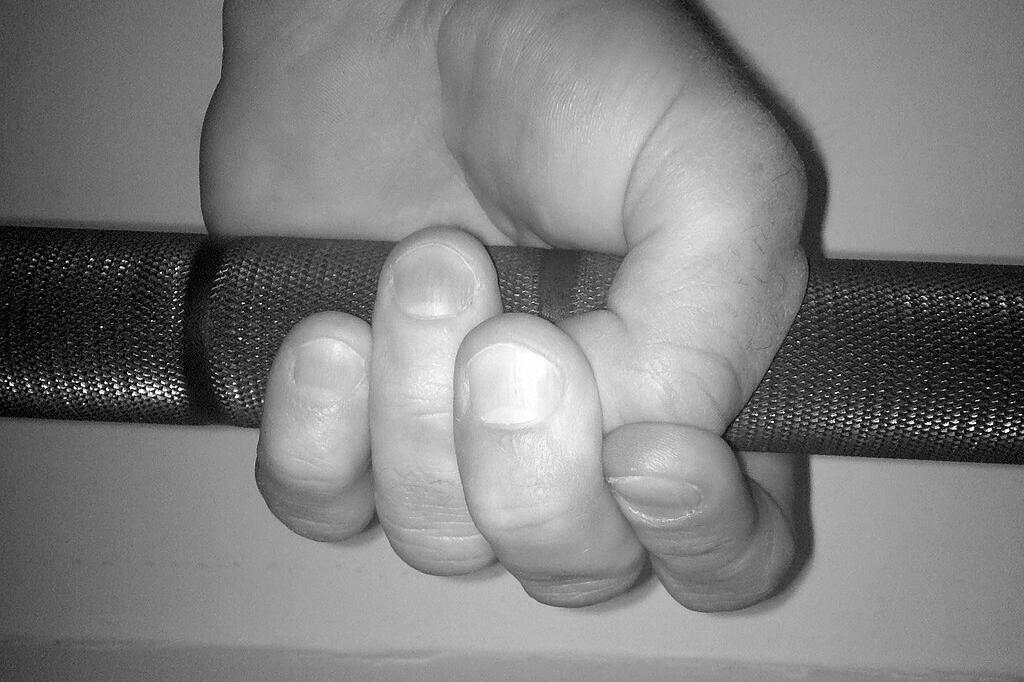
Before using a lock grip, be sure to stretch your hands and warm up your knuckles.
The thumb rests on the bar or handle of the kettlebell, and the palm clasps it, covering it. That is, the thumbs remain sandwiched between the other four and the weight. Professional athletes prefer to replace this grip with straps, because the “lock” is not the most comfortable option.
